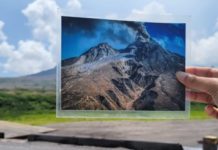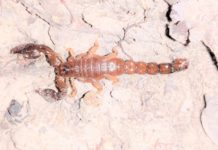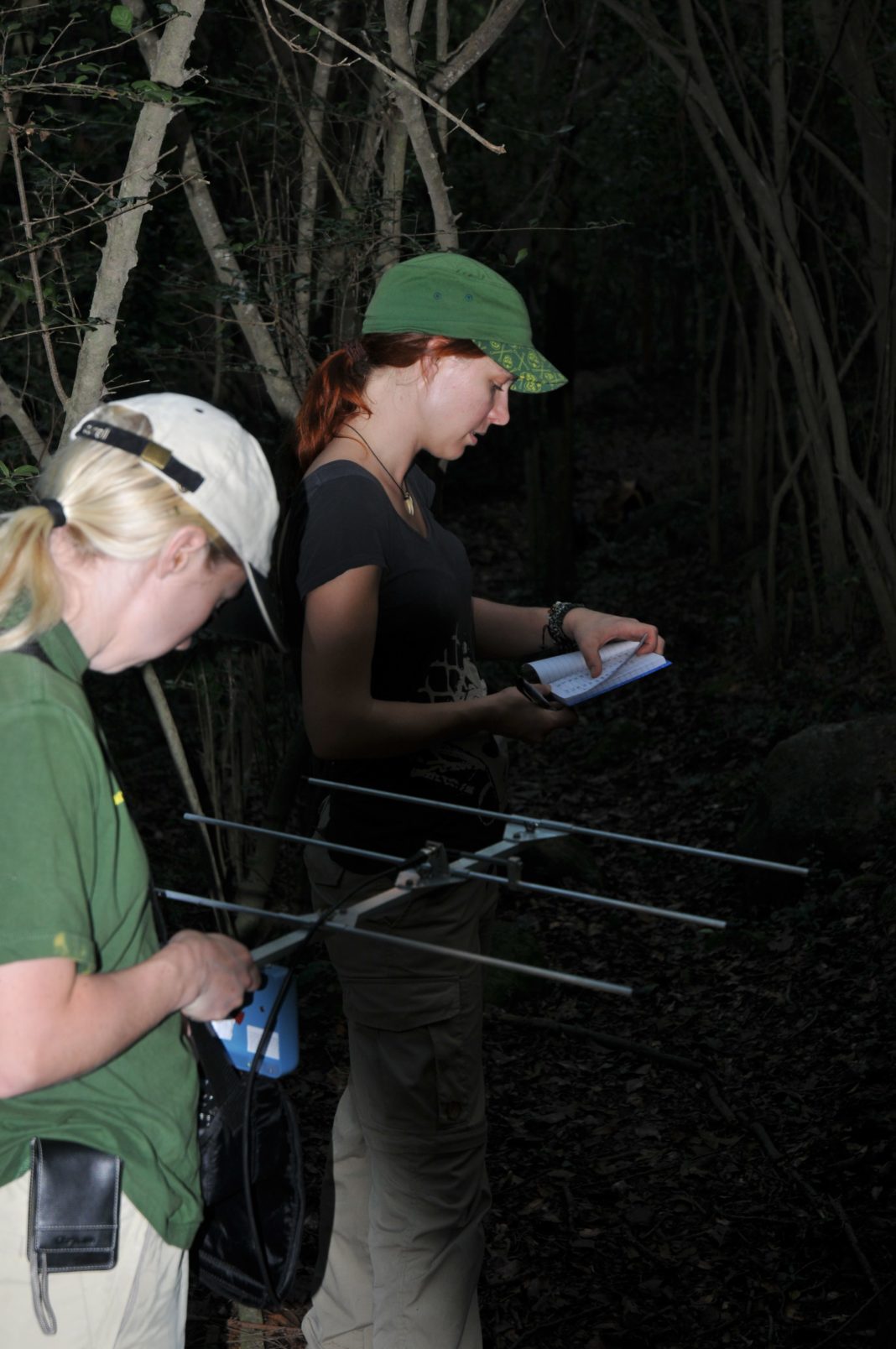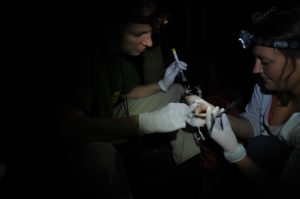
With the release completed the focus now was to train the team remaining in Montserrat in everything they would need to monitor the released frogs successfully. This included a lot of frog catching practice in the field, practice in tracking radio-tagged frogs, learning more about the biology of these animals: life cycle, behaviour etc. and learning how to map the positions of tracked frogs day-by-day using GIS (geographic information system).
The team spent several nights out in the field running through the swabbing procedure ‘for real’ and making sure that everybody was happy with the biosecurity procedures when handling frogs. This is essential so that by handling the frogs we do not potentially transmit disease between them. We will be taking two skin swabs from each radio-tracked frog every 10 days to monitor their chytrid status, and every month we will be taking biometric data such as weight so we can assess if the frogs are maintaining body condition well and putting on weight ready for the breeding season.
We said goodbye to Matt Morton (Caribbean co-ordinator for Durrell) and Anna Åkerholm from Parken Zoo (Sweden), and finally to Gerardo Garcia and Javier Lopez from Durrell, Jersey. Now on Montserrat there was the team of Sarah-Louise Smith (project co-ordinator), Lloydie Martin (research officer), Calvin ‘Blacka’ Fenton (lead field assistant), Izzy Jones and Payana Hendriksen (project volunteers) to take the reins and monitor the released mountain chickens.
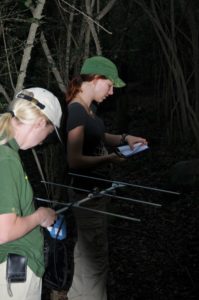
During this period the frogs started to move around the release ghaut more and more, making tracking the ones moving the most quite challenging. The frogs can also choose hiding spots that make their signals very weak to pick up, such as under rocks or in holes. However, with a bit of perseverance ‘lost’ frogs can be found again and we can see on the GIS maps how they have dispersed; some have gone hundreds of metres from where we let them loose! It was very exciting and interesting the first time we downloaded the GPS waypoints (taken each time we track a frog to within two square metres, or capture it for swabbing) and sorted them by frog and date so see where each one had been: they started off spending their first days very close to where they had been released, some then started to move yet others remained. Being scientists there were hypotheses and predictions galore…time and GIS maps will tell!
– Isabel Jones


